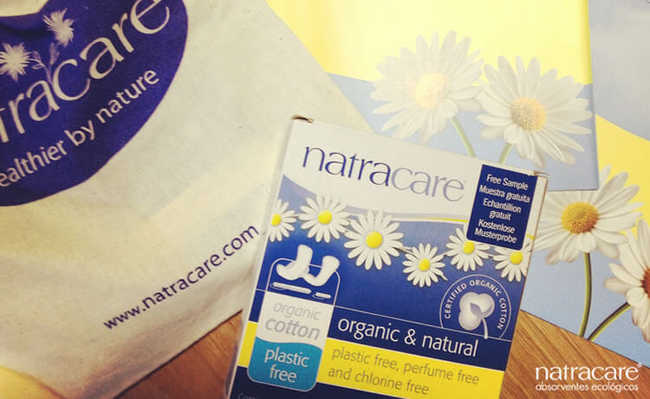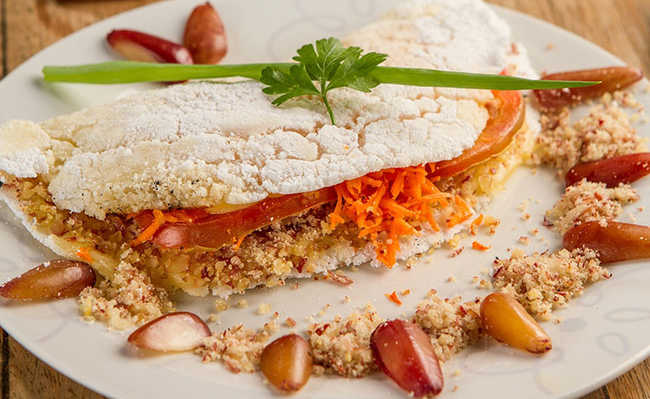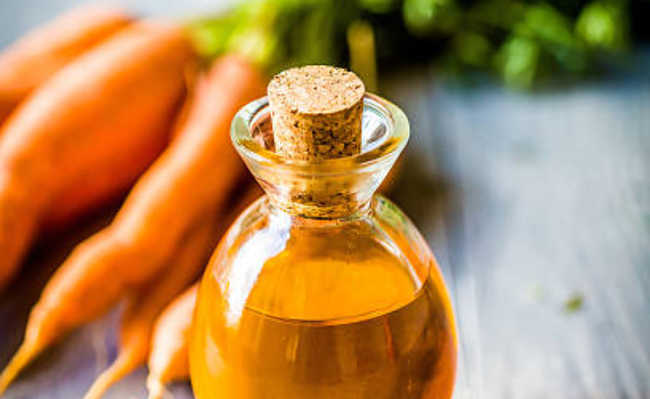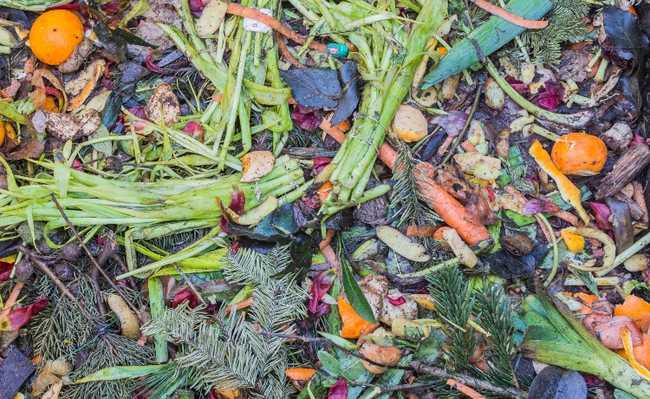Emollient, humectant or moisturizer? understand differences
Do you know the difference between emollients, moisturizers and humectants? We explain

Image: Anna Sullivan on Unsplash
The skin is the most extensive organ in the human body and acquires different characteristics in certain areas of the body, varying in thickness and texture. It is divided into three layers: epidermis, dermis and adipose complex. Over time and depending on weather conditions, it is normal for the skin to lose moisture and need outside help. For this, there are emollients, humectants and moisturizers, which can be used as needed.
The epidermis is the outermost layer and has the function of protecting the skin from aggression, UV rays and excessive water loss. It is also subdivided into layers, and its most superficial layer is called the stratum corneum, which is basically composed of keratin. It contains amino acid molecules that form the Natural Moisturizing Factor (NMF). Natural Moisturizing Factor), which is fundamental in the control and maintenance of stratum corneum hydration. NMF is a mixture of 15 highly hygroscopic amino acids, that is, capable of absorbing water from the atmosphere even in low humidity. Water is the only substance capable of providing elasticity to the stratum corneum, being necessary for metabolic reactions to occur, resulting in cell renewal. And it is the stratum corneum that has the importance of retaining water in this region, preventing the skin from becoming dry and dehydrated.
The amount of water in the skin is naturally reduced with increasing age, as does the amount of NMF produced, causing the skin to become drier and less hydrated. Other factors such as exposure to the sun, use of detergents or solvents and dry weather can lead to dehydration and, consequently, feelings of discomfort, stretching, loss of elasticity, shine and softness.
Therefore, it is recommended to take steps to keep your skin beautiful and healthy, but among the many types of moisturizers available on the market, how do you know which one to use? The skin increases its ability to retain water by increasing its hydrophilicity (attraction to water) through emollients, humectants and moisturizers. According to the National Health Surveillance Agency (Anvisa), an emollient substance softens and smoothes the skin, the moisturizer is one that increases the skin's water content and helps keep it soft and the humectant maintains and retains moisture.
Better understand the differences between emollient, moisturizer and humectant:
Emollient
They are substances such as oils or lipids, which are intended to smooth, soften or make the skin more flexible. Emollients reduce transepidermal water loss and maintain the proper moisture level in the stratum corneum, allowing for skin flexibility.
The presence of moisture inside the corneal cells maintains the softness and elasticity of young, healthy skin. Aging and environmental aggressions collaborate in reducing the skin's water retention capacity, making it dry and wrinkled. Thus, the addition of emollient agents in formulations can be effective in preventing wrinkles and dry skin, in addition to providing better product spreadability. In general, creams have at least one emollient in their composition. They are given by vegetable oils, fatty acids (omega 6 and 3) and non-greasy lipids that spread easily on the skin, giving it a texture of softness and flexibility.
humectant
They are substances that contain water in their formulation and, when applied to the skin, create a protective layer, which protects the skin from losing water to the atmosphere, keeping it moist. These substances do not permeate the stratum corneum, they form a hydrophilic film on the skin, retaining water on the surface of the stratum corneum. They are also added to cosmetics to improve the consistency of the product, and so that it does not crystallize. Animal or vegetable protein hydrolysates are used as humectants in creams.
Among them, glycerin, D-panthenol, hyaluronic acid, oils and vegetable extracts also stand out. Vegetable oils are the best wetting agents, as they replenish the skin's hydrophilic film by keeping water on the surface of the layer, leaving it hydrated. Hyaluronic acid is a substance found in the skin and works by filling the spaces between cells, leaving the skin with a smooth and well-hydrated appearance. The concentration of this acid decreases with age, being one of the reasons for the appearance of wrinkles and dryness. The addition of this compound in creams helps both in hydration, as it retains water in the skin - one gram of acid can retain three grams of water - as it smoothes out wrinkles and aging marks.
Moisturizer
Unlike humectants and emollients, moisturizing agents manage to permeate the stratum corneum, binding to water molecules, retaining them in all their extension, not only superficially. One of the most used moisturizing substances in cosmetics is urea. Present in NMF, it has a high capacity to bind to water along the stratum corneum, providing skin hydration.
Keratin (composed in the stratum corneum) binds more to water in the presence of urea, leaving the skin more hydrated. This fact makes urea a true moisturizer and not a humectant that would bind water only on the surface of the skin. NMF is also made up of amino acids such as arginine, which have a high affinity for water molecules. When combined with urea, the binding effect is enhanced by increasing the water content in the stratum corneum, thus providing a great moisturizing effect. However, Anvisa establishes a maximum concentration of 3% of urea in products with cosmetic purpose.
Check the labels before purchasing any product, in addition to the urea issue, some products may contain chemicals that are harmful to health.
If you prefer, you can also choose to make your own moisturizing cream, using substances that you find most suitable for your skin type. You can add vegetable oils, natural dyes, among others, in natural pastes that do not contain toxic substances and have a moisturizing effect, such as water pastes or cream bases.
Find out how to make your own moisturizing cream.










